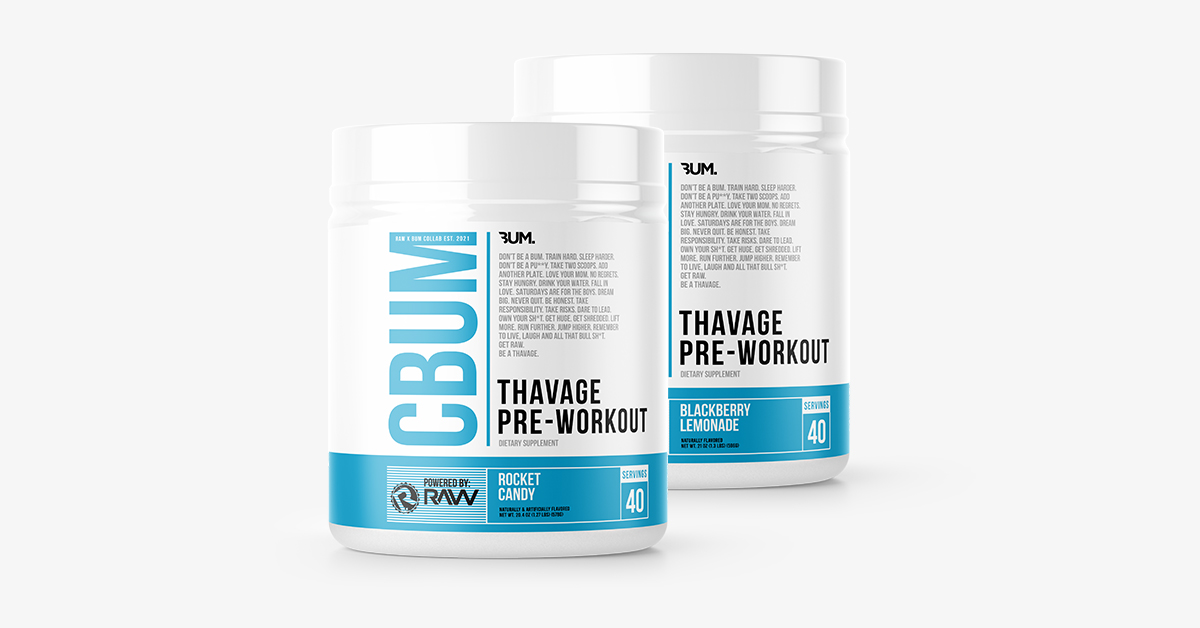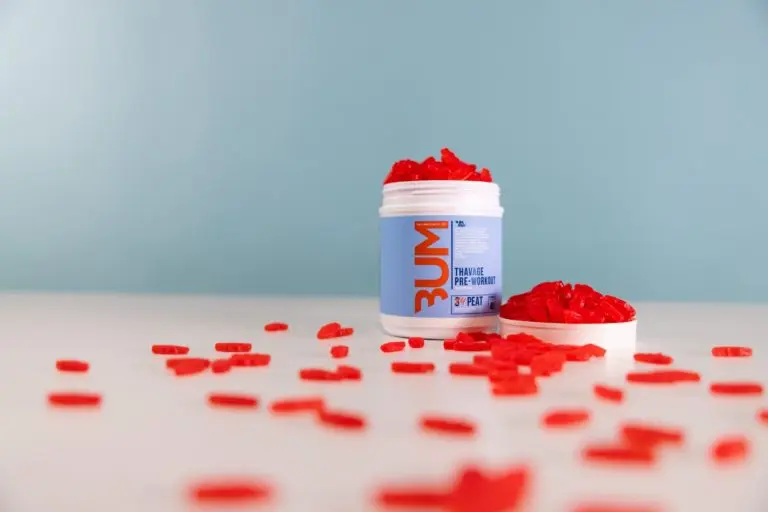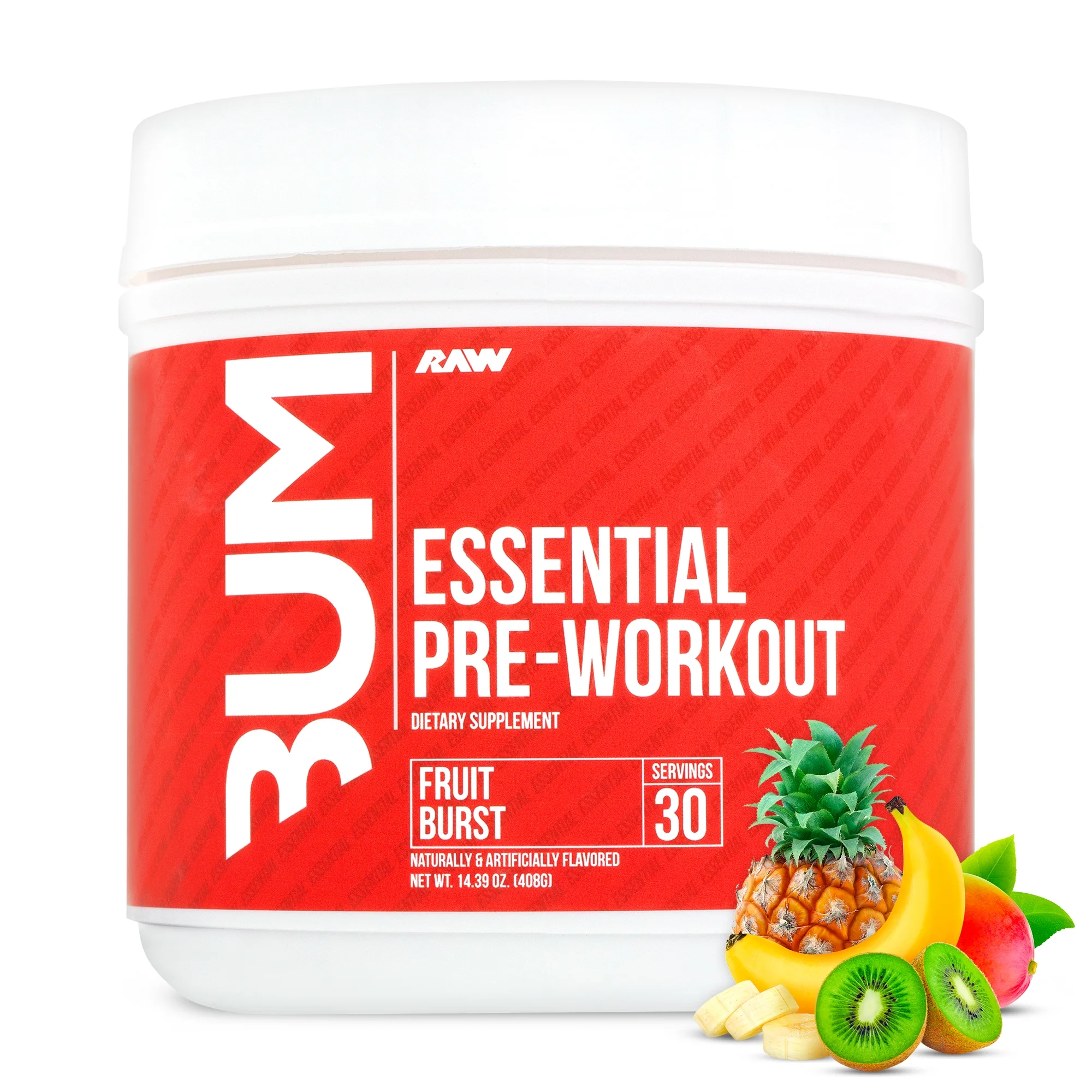
CBUM Raw Creatine vs. Traditional Creatine: Which is Better for You?
Introduction
Creatine is a popular supplement known for enhancing athletic performance, muscle strength, and recovery. While traditional creatine monohydrate has been a staple in the fitness community for decades, a newer form, CBUM Raw Creatine, has gained attention. In this blog post, we will explore the differences between CBUM Raw Creatine and traditional creatine, helping you make an informed decision on which may be better suited for your fitness goals.
Understanding Creatine
Before diving into the comparison, let's briefly understand what creatine is and why it is essential for athletes and fitness enthusiasts.
Creatine is a naturally occurring compound found in small amounts in certain foods and synthesized by the body. It plays a crucial role in the production of adenosine triphosphate (ATP), the primary energy currency of cells. By supplementing with creatine, individuals aim to increase their phosphocreatine stores, allowing for more rapid ATP regeneration during high-intensity activities like weightlifting and sprinting.
Traditional Creatine Monohydrate
Advantages
-
Proven Effectiveness: Traditional creatine monohydrate is one of the most researched and proven supplements in the fitness industry. Numerous studies support its efficacy in improving strength, muscle mass, and overall exercise performance.
-
Cost-Effective: Compared to some newer creatine formulations, monohydrate is often more affordable, making it an attractive option for those on a budget.
-
Minimal Side Effects: Creatine monohydrate is generally well-tolerated, with few reported side effects when consumed within recommended dosage guidelines.
Disadvantages
-
Water Retention: Some users may experience water retention, leading to a slight increase in body weight. While this is often attributed to creatine's muscle hydrating effects, it may be a concern for individuals focusing on aesthetics or specific weight classes.
-
Digestive Issues: In rare cases, individuals may experience digestive discomfort, such as bloating or cramping. Staying hydrated can help mitigate these effects.
CBUM Raw Creatine
Advantages
-
Enhanced Solubility: CBUM Raw Creatine is often touted for its superior solubility in water, making it easier to mix into beverages without the gritty texture associated with traditional creatine monohydrate.
-
No Loading Phase: Unlike traditional creatine, CBUM Raw Creatine may not require a loading phase. Users can start with a standard dose without the need for a higher initial intake.
-
Reduced Water Retention: Some users report less water retention with CBUM Raw Creatine, making it an attractive option for those concerned about bloating or weight gain.
Disadvantages
-
Limited Research: Compared to traditional creatine, CBUM Raw Creatine has limited research supporting its long-term efficacy and safety. While initial findings are promising, more studies are needed to validate its benefits.
-
Higher Cost: CBUM Raw Creatine formulations may be more expensive than traditional creatine monohydrate, potentially impacting its accessibility for budget-conscious individuals.
Choosing the Right Creatine for You
Considerations
-
Budget: If cost is a significant factor, traditional creatine monohydrate may be the preferred option due to its affordability.
-
Personal Tolerance: Individuals with concerns about water retention or digestive issues may lean towards CBUM Raw Creatine based on anecdotal reports of reduced side effects.
-
Research Backing: For those who prioritize a supplement with a well-established research background, traditional creatine monohydrate is the gold standard.
-
Solubility Preferences: If mixability and solubility are crucial for you, CBUM Raw Creatine may be the more palatable choice.
Digging Deeper: Exploring the Nuances of CBUM Raw Creatine and Traditional Creatine
In the ever-evolving landscape of sports supplements, the choice between CBUM Raw Creatine and traditional creatine monohydrate is not a straightforward decision. Let's delve deeper into some additional aspects that might influence your preference.
Absorption and Bioavailability
Traditional Creatine Monohydrate
Traditional creatine monohydrate has a solid track record of being well-absorbed by the body. Its absorption is aided by insulin, which is naturally elevated during post-exercise periods, making it an ideal time for creatine supplementation. The monohydrate form is readily absorbed in the intestines and efficiently transported to muscle cells.
CBUM Raw Creatine
CBUM Raw Creatine often boasts enhanced solubility, leading to potential faster absorption. This could be advantageous for individuals seeking quicker results or those who have experienced digestive discomfort with traditional creatine. However, more research is needed to fully understand the implications of this increased solubility on overall absorption and bioavailability.
Forms and Variants
Traditional Creatine Monohydrate
Creatine monohydrate is available in various forms, including micronized creatine, creatine hydrochloride (HCl), and creatine ethyl ester. Micronized creatine has smaller particles, improving its solubility, while creatine HCl is often praised for its potential reduction in water retention.
CBUM Raw Creatine
CBUM Raw Creatine may come in different formulations, each claiming specific benefits. Some manufacturers blend CBUM with other ingredients to enhance its performance or address potential side effects. Understanding these variations is crucial when selecting the right CBUM Raw Creatine product for your needs.
Long-Term Effects and Safety
Traditional Creatine Monohydrate
Decades of research support the safety and long-term use of traditional creatine monohydrate. It is considered one of the most researched supplements with a minimal risk of adverse effects when consumed within recommended doses.
CBUM Raw Creatine
While CBUM Raw Creatine shows promise in initial studies, its long-term safety is not as well-established as traditional creatine. Users should exercise caution and pay attention to emerging research on CBUM to ensure its safety with extended use.
Individual Responses
It's crucial to acknowledge the considerable variation in how individuals respond to creatine supplementation. Genetic factors, diet, training regimen, and overall health can all influence how the body interacts with creatine, regardless of the form.
Final Thoughts
Choosing between CBUM Raw Creatine and traditional creatine monohydrate requires careful consideration of various factors. While traditional creatine boasts extensive research and a proven track record, CBUM Raw Creatine offers potential benefits in terms of solubility and reduced side effects.
Ultimately, the "better" creatine for you depends on your specific goals, preferences, and how your body responds to supplementation. Experimenting with both under the guidance of a healthcare professional might be the best approach to determine which form aligns with your unique needs. Keep in mind that individual responses may vary, and what works well for one person may not yield the same results for another.
In the dynamic world of sports nutrition, staying informed about the latest research and product developments is essential. As more studies emerge and the fitness community continues to explore innovative supplements, the conversation around CBUM Raw Creatine versus traditional creatine will likely evolve. Stay tuned for updates in this exciting field and remember that the key to success lies in making informed decisions tailored to your individual fitness journey.


Post Comment